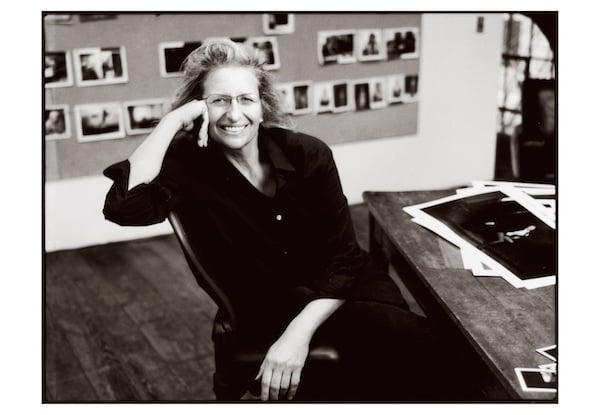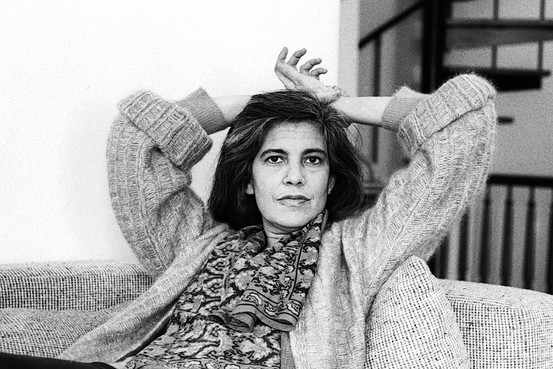Susan sontag image world pdf
“Susan Sontag Susan Sontag was an American writer, filmmaker, teacher and political activist. She published her first major work, the essay “Notes on ‘Camp'”, in” She published her first major work, the essay “Notes on ‘Camp'”, in”
SUSAN SONTAG THE IMAGINATION OF DISASTER* plausibly isolated from the rest of the world. General helplessness. (4) One of two possibilities. Either the hero prepares to do battle alone, accidentally discovers the thing’s one vulnerable point, and destroys it. Or, he somehow manages to get out of town and succeeds in laying his case before competent au-thorities. They, along the lines of
In her much-quoted1973 essay “On Photography,” Susan Sontag made the claim that photographs have more impact on viewers than television because television is a “stream ofunderselected images, each
Illness as Metaphor and Aids and Its Metaphors by Susan Sontag in CHM, DOC, FB3 download e-book. Welcome to our site, dear reader! All content included on our site, such as text, images, digital downloads and other, is the property of it’s content suppliers and protected by …
Susan Sontag is an essayist and novelist. She has studied at Berkeley, Harvard, Ox to the recommendec She has studied at Berkeley, Harvard, Ox to the recommendec ford, and the Sorbonne and considers herself a writer without specialization.
Sontag’s reception – essayist Susan Sontag – Sontag’s On Photography at 20 Michael Starenko The initial critical reception of Susan Sontag’s On Photography (1977) is one of the most extraordinary events in the history of
Susan Sontag, my prose’s prime mover, ate the world. In 1963, on the subject of Sartre’s Saint Genet (her finest ideas occasionally hinged on gay men), she wrote, “Corresponding to the primitive rite of anthropophagy, the eating of human beings, is the philosophical rite of cosmophagy, the eating of the world” ( AI , 98).
Get an answer for ‘Sontag wrote extensively about the power of images, especially war photojournalism. Sontag also raises questions about these images …
By humanizing the dead Sontag, she inevitably immortalizes Sontag into the image of Sontag alive, breathing and lying on a couch. It is the image of Sontag that she chooses to retain. The overlapping of the photograph also delineates itself, into a second set hidden underneath the dominant photograph, suggesting a personal experience of Sontag only known to Leibovitz, purposefully and
Henri Cartier-Bresson, Susan Sontag, 1972. It’s probably a source of bemusement for some that Susan Sontag’s venerable 1977 book On Photography still serves as an entry point into the nebulous world of photographic theory for a great many readers.
Afterimage Sontag’s reception essayist Susan Sontag
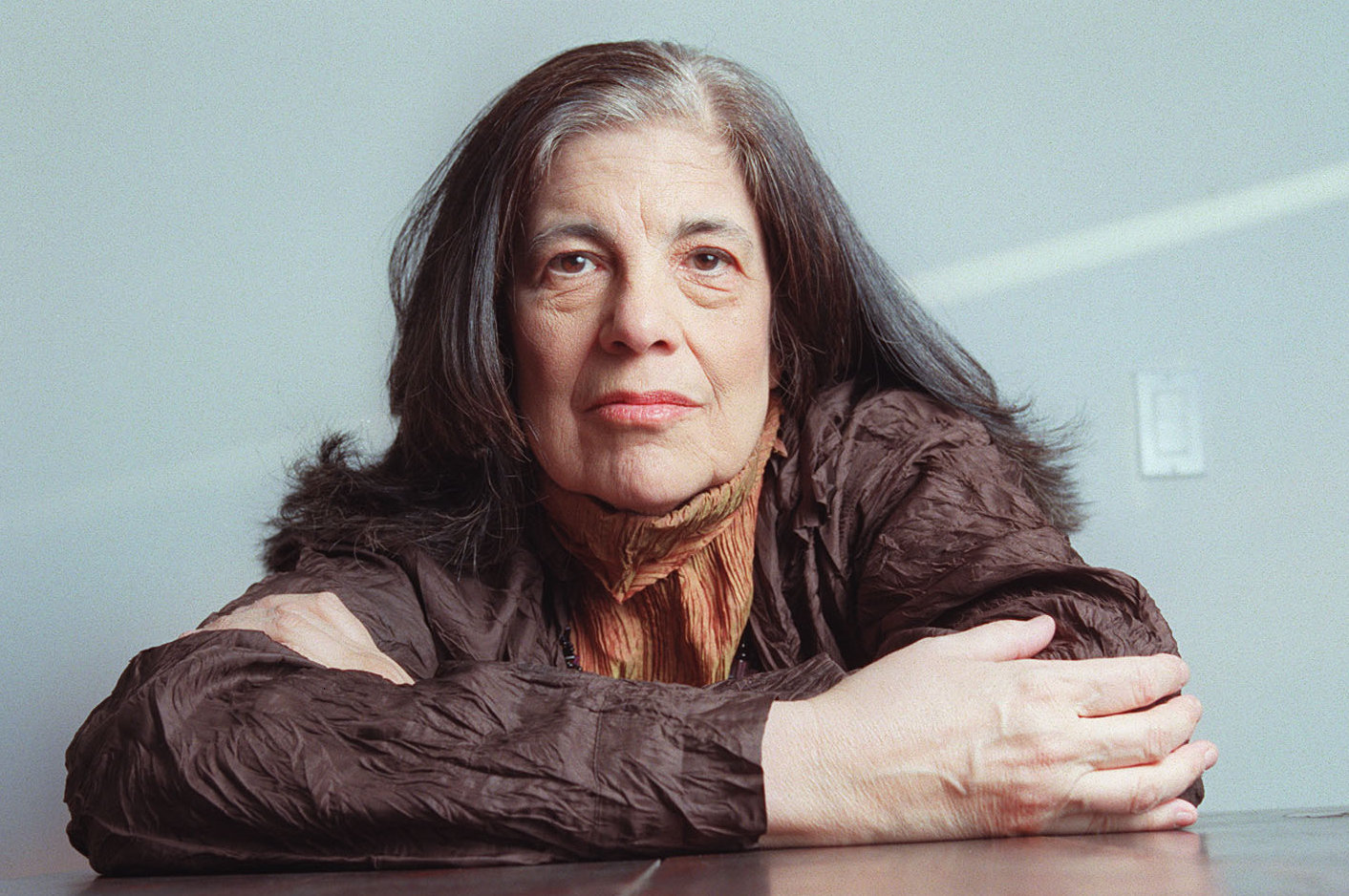
9 Outtakes from Susan Sontag’s “On Photography” Rolf Potts
world, which appears as patron, client, audience, antagonist, arbiter, and distorter of his work. Still, in this renunciation of “society,” one cannot fail to perceive a highly social gesture.
9 Outtakes from Susan Sontag’s “On Photography” August 9, 2018 . 1) On the way photos have turned us into image junkies. Needing to have reality confirmed and experience enhanced by photographs is an aesthetic consumerism to which everyone is now addicted. Industrial societies turn their citizens into image-junkies; it is the most irresistible form of mental pollution. Poignant longings
susan sontag Download susan sontag or read online here in PDF or EPUB. Please click button to get susan sontag book now. All books are in clear copy here, and all files are secure so don’t worry about it.

Two encounters, one described by Susan Sontag in 1973 in On Photography, the other by Alice Kaplan in French Lessons in 1993, twenty years later. Sontag was twelve in 1945 when she first saw those pictures, Kaplan was in third grade, eight or nine, in 1962 when she found them, in the desk of her father who had been a prosecutor at Nuremberg and who had recently died of heart failure.
Susan Sontag discusses the reality of the modern person’s addiction with “needing to have reality confirmed” by photos. Sontag says “we accept it as the camera records it” then goes to say “this is the opposite of understanding.”
Photographed images do not seem to be statements about the world so much as pieces of it, miniatures of reality that anyone can make or acquire. Photographs, which fiddle with the scale of the world, themselves get reduced, blown up, cropped, retouched, doctored, tricked out.
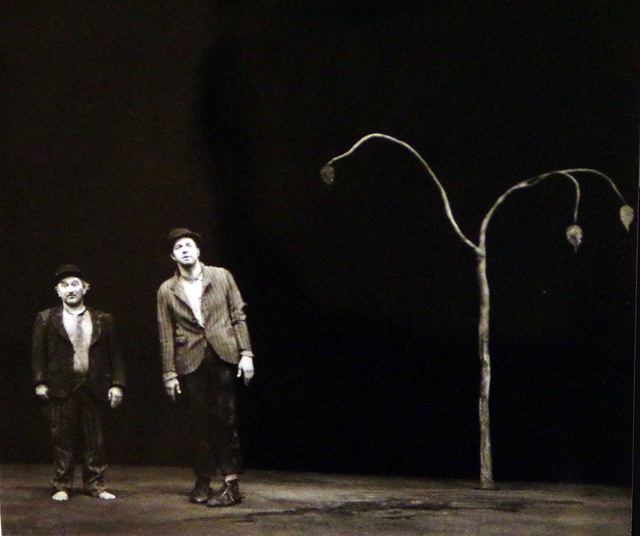
8/06/2011 · Susan Sontag’s “The Heroism of Vision” (in “On Photography”) is a discussion about the relation between beauty in truth and their development throughout the history of photography.
Enhanced PDF; Standard PDF (52.9 KB) Penguin Classics 224 pp. Unillustrated ISBN 014-11-87166 . Susan Sontag (1933–2004), engagé intellectual, essayist, playwright, novelist and film-maker came to prominence in, and was herself a unique product of, the cultural …
ON PHOTOGRAPHY BY SUSAN SONTAG JOINSON – 2010 – The
– lazy susan installation instructions
Surviving Images Holocaust Photographs and the Work of
Susan Sontag On Photography _excerpt – Scribd
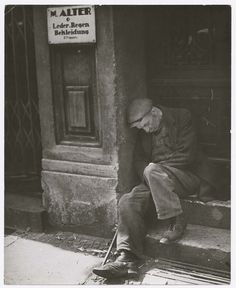
Susan Sontag’s ‘The Aesthetics of Silence’ Kim-Cohen
/https/cip/skoob.s3.amazonaws.com/livros/50351/CONTRA_A_INTERPRETACAO_1341701609B.jpg)
/womenhistword-56afd5985f9b58b7d01d9596.png)

the little book of confidence susan jeffers pdf –
